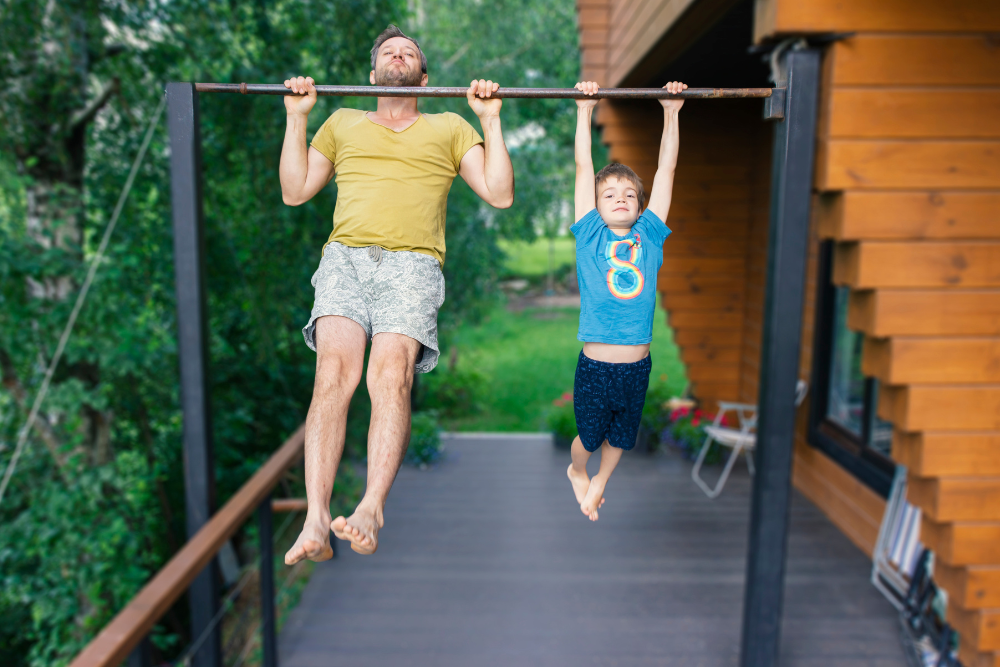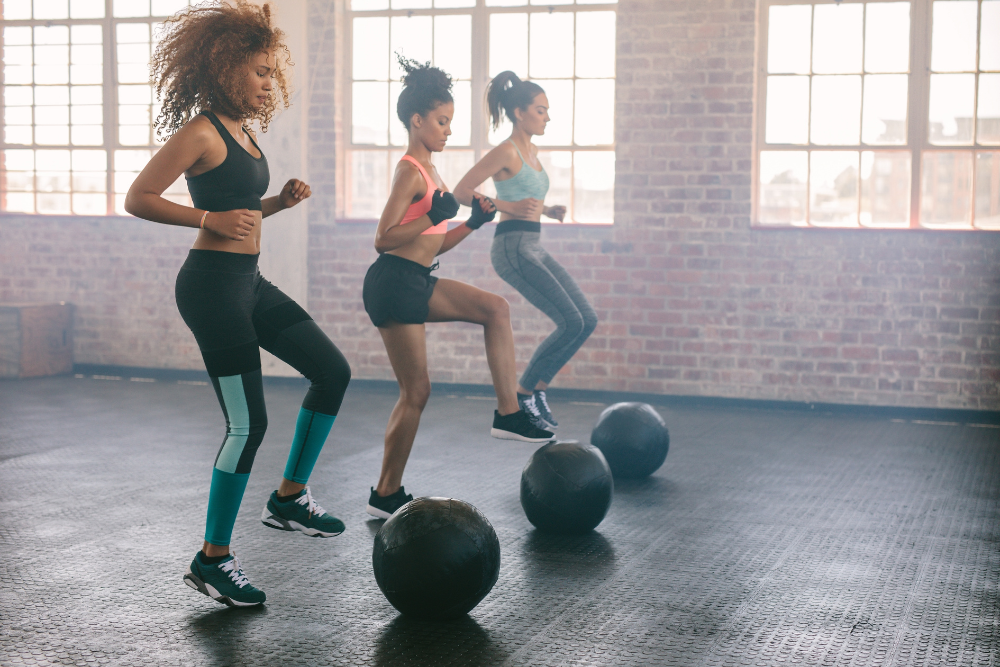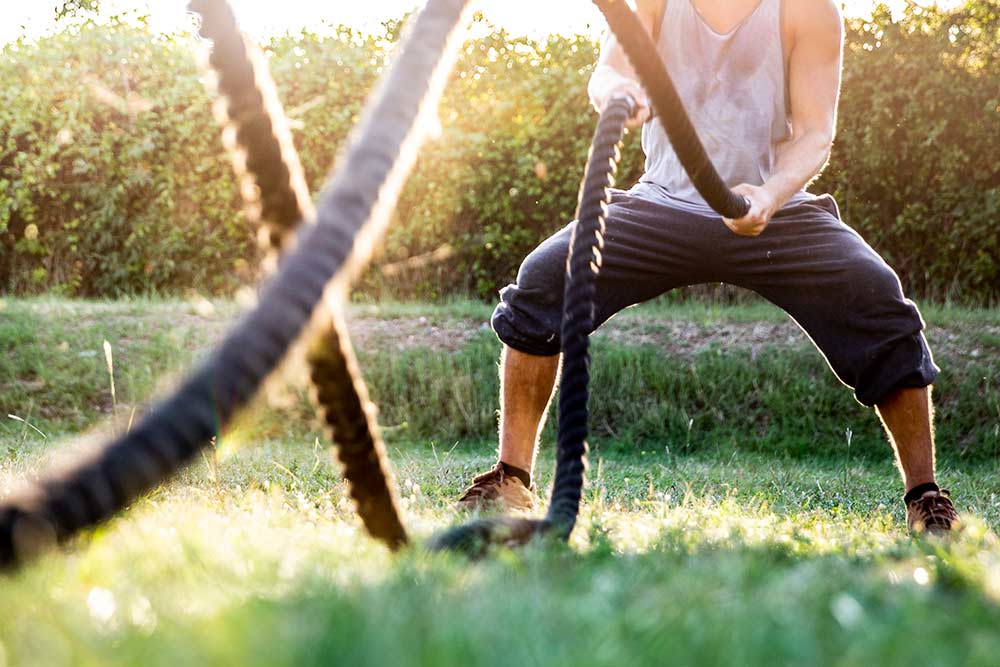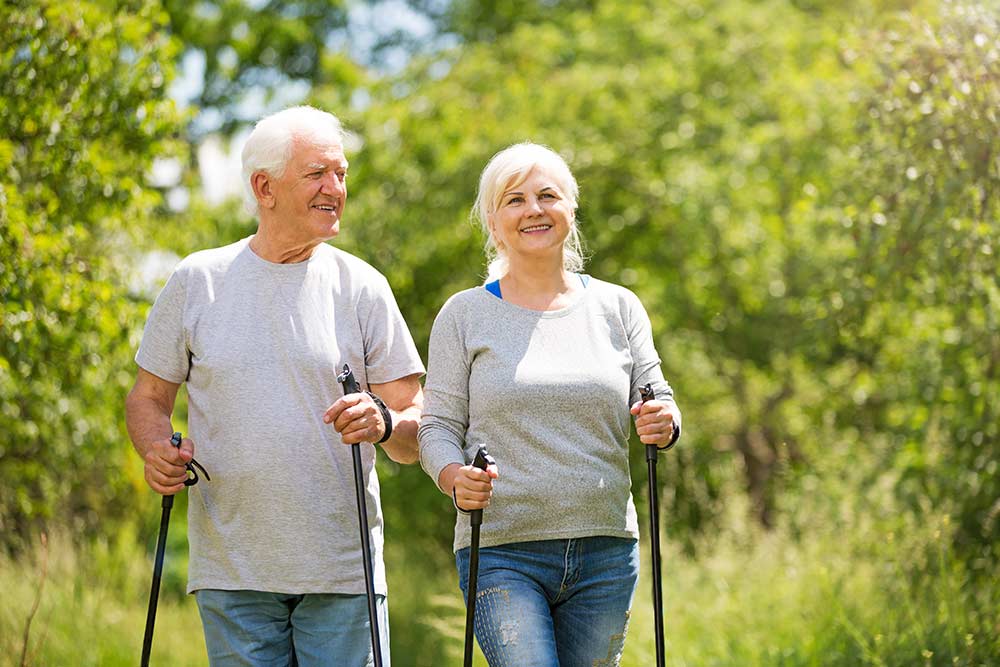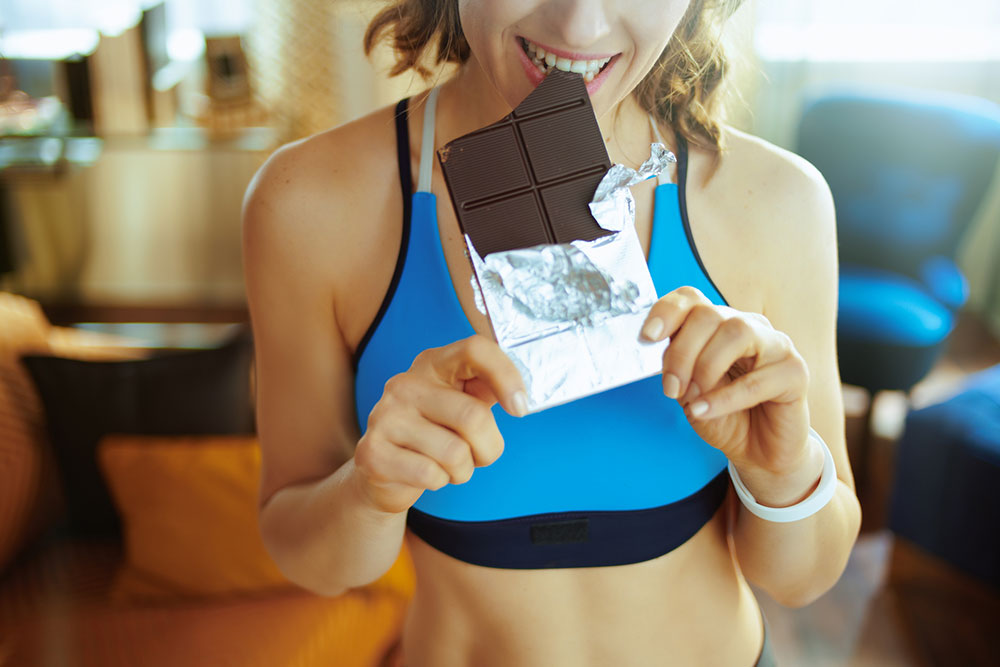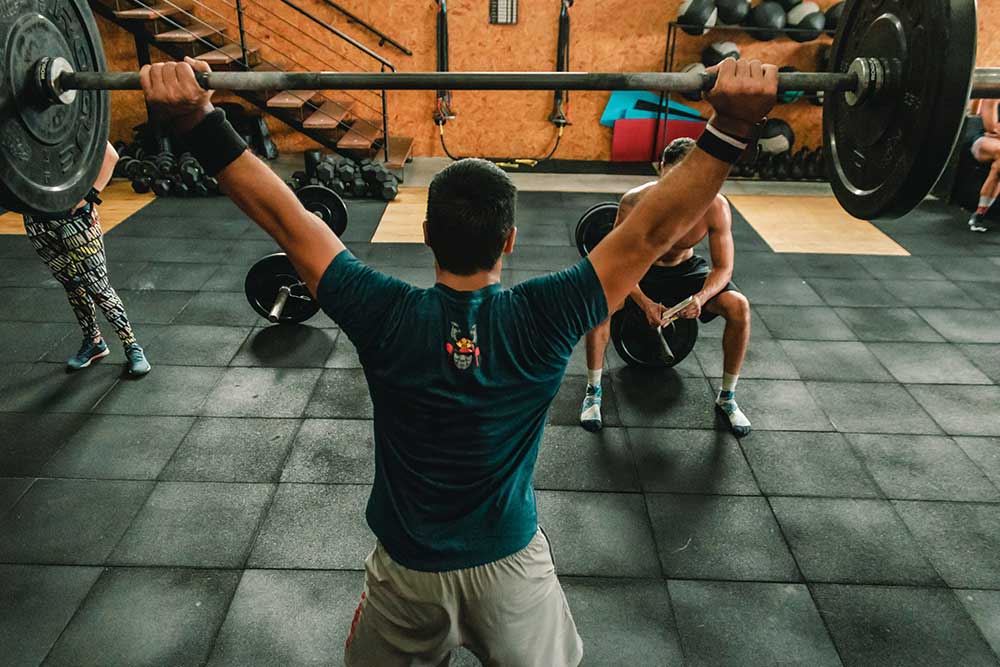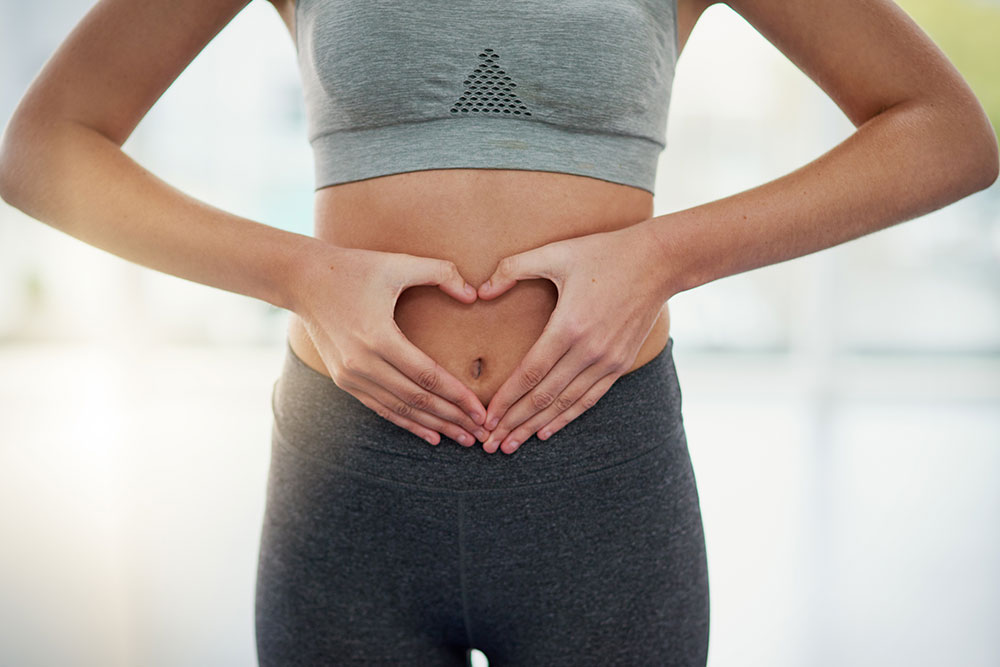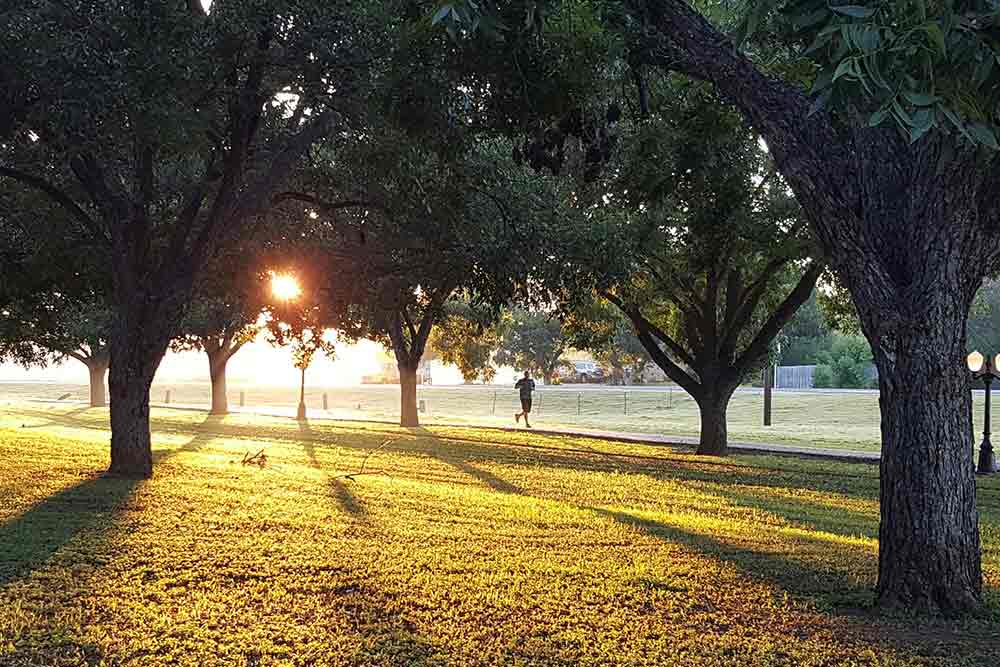Developing & Maintaining Athleticism
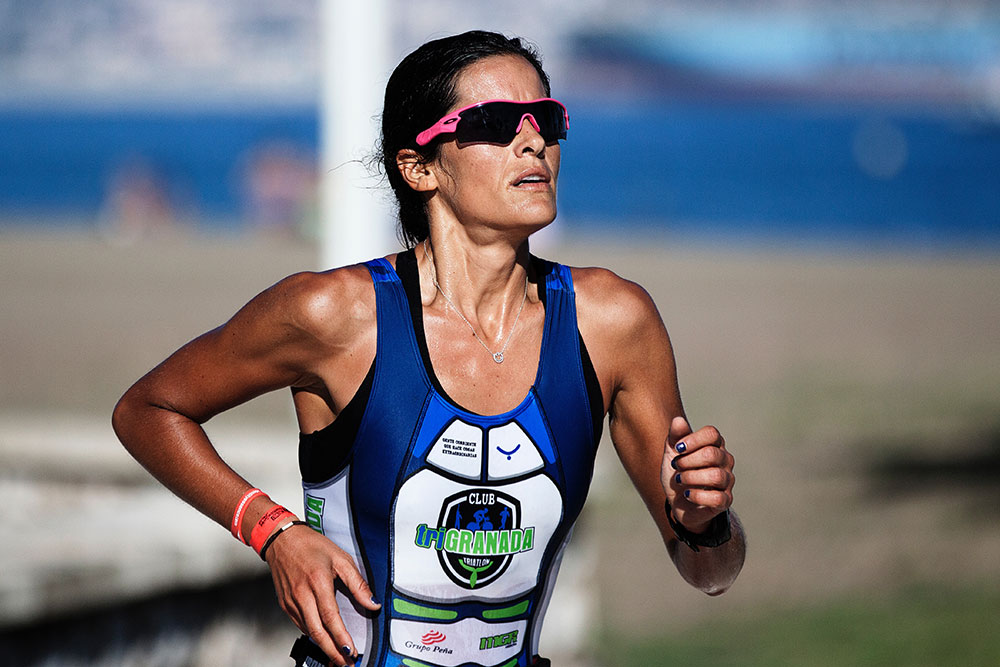
Hunter Bennett
When we think of great athletes, we think of their physical skills on the court. Their ability to make the most ridiculous of shots look easy, their ability to seemingly see the play unfold before it even happens, and their ability to beat their opponent in every manner possible.
We think of their amazing athleticism.
Interestingly, while many would argue that those with great athleticism are simply freaks of nature – individuals born with some innate talent – many would suggest that athleticism can also be trained. They believe that with enough hard work and dedication, almost anyone can achieve athletic greatness if they put their mind to it.
But what it if actually sits somewhere in between?
What is Athleticism?
Athleticism is a complex trait that is somewhat difficult to describe concisely.
Many would state that athleticism in itself is a singular trait formed from the key components that make up complete physical fitness, being:
- Strength
- Speed
- Power
- Agility
- Endurance
- Aerobic capacity
- Flexibility and mobility

- balance and stability
- Mental resilience
- Coordination
However, I believe that the definition of athleticism that better fits the bill is ‘the use of physical skills or capabilities.’
In my mind, athleticism is not only having these key physical qualities available for use but also using them collectively to work towards a singular desired outcome.
Think about an NFL running back.
During a single play, not only do these individuals need to be strong, powerful, and explosive, but they also need the ability to be stable during tackles, have the exceptional reaction time and make very good decisions on the fly.
While a couple of these qualities might help them pick up one or two yards per play, those you have more athleticism – and can, therefore, use more of these qualities simultaneously – will get a hell of a lot further every single run.
Are You Born With Athleticism?
As I alluded to above, there are definitely some genetic factors that can influence your athleticism – although not to as greater degree as what some people may make out.
There is likely to be well over 150 specific genes that are thought to contribute to specific aspects of improved athletic performance (Ahmetov, 2016).
You see, there are specific gene variations that are known to impact things like muscle function, cardiovascular efficiency, and metabolic qualities – all of which can influence your aerobic capacity, flexibility, and your ability to express muscle strength and power.
There are also some genes that are thought to be linked to motivation and temperament, which can also affect your drive to become more athletic, and therefore compete at the highest level (Ostrander, 2009).
However, it is important to note that while these genes certainly raise you celling, they won’t do it all for you. You still need to work hard and train with the intent to maximize your genetic capabilities, and if you fail to do so, then they are essentially wasted.
So yes, your genetics do certainly have the potential to impact your athleticism, but only if you are willing to capitalize on them.
Related Article: Becoming an Unbreakable Athlete
Does Race Play a Role in Athleticism?
Building on the above section in a little more detail, you might be wondering if race and ethnicity can, therefore, play a role in athleticism?
And the answer is kind of an average one – being, it depends.
This concept comes down to the difference in an individual’s Genotype and phenotype.
A genotype describes the set of genes that an individual carries, while phenotype describes all of its observable characteristics, which are heavily influenced both by their genotype and by their surrounding environment.
So, to answer this question more thoroughly, while there may be certain ethnic groups that typically display an affinity for a special type of athletic endeavor (think African endurance runners, for example), it is highly unlikely that they simply have a unique genetic makeup that predisposes them to this sport.
It is much more likely that these individuals grow up in an environment that makes them good runners, and those that become elite also happen to have some of the desired genes that contribute to their improved performance in this area (Vancini, 2014).
I should note that this same concept can really be applied to any ethnic group on the planet.
How Do You Develop Athleticism?
This is where things get a little bit simpler, and honestly, a little bit more positive – because we all have the ability to improve athleticism and train to become more athletic.
All it comes down to is improving upon the physical qualities mentioned above.
Or more importantly, improving the three key physical qualities that contribute to athleticism the most – all of which essentially offer the most bang-for-your-buck from a training perspective. These qualities are:
- Aerobic capacity
- Strength
- Power
Aerobic Capacity
Aerobic capacity has a huge impact on every other aspect of athleticism (Tomlin, 2001).
Firstly, every sport on this planet requires a sound aerobic base. It allows you to get through an entire game while performing at a high level, and it dictates your ability to recover from high-intensity sprint efforts.
Secondly, it also impacts your ability to recover between training sessions. This means the higher your aerobic base is, the better you recover from your strength and power workouts, and therefore the more adaption you will see from your training.
In short, without a well-developed aerobic system, you will struggle to improve any other aspect of athleticism adequality.
Muscle Strength
Muscle strength is one of the most important things you can ever develop form an athletic performance standpoint (Suchomel, 2016).
Having adequate muscle strength can improve muscle and joint function, which in itself has the ability to enhance stability, improve movement quality, and prevent the onset of numerous musculoskeletal injuries.
Muscle strength also improves your athletic robustness, meaning that you will be less likely to get dominated by other players if you do happen to play a completive sport.
Finally, your degree of strength determines the maximal amount of force you can produce. The higher your maximal force production capacity is, the more capacity you have to perform explosive movements, such as jumping, sprinting, and changing direction.
In this manner, it indirectly dictates your ability to perform explosive athletic tasks.
Muscle Power
Last but not least, we have power (Harries, 2012).
If strength is the maximal amount of force that you can produce, power is the ability to produce large amounts of that force rapidly – so you should be able to see how we can’t have one without the other?
Your muscular power truly determines how high you can jump, how fast you can sprint and accelerate, how quickly you can change direction, and how far you can bound.
In sports that require explosive movements, power is key. So train it, improve it, and maximize your athleticism in the process.
What Are The Best Exercises For Athleticism?
So, we have our three most important physical qualities – now we need to improve upon them.
Much like the physical qualities that we have chosen to work on, we also want to use those training methods that will provide us with the most bang-for-our-buck.
In doing so, we can ensure that we improve upon each of these qualities simultaneously, and in the most efficient manner possible.
Best Exercises For Athleticism: Aerobic Capacity
To build a powerful aerobic base in as short a time as possible, your best bet is high-intensity interval training (or HIIT for short).
HIIT training simply refers to a mode of exercise that involves short bouts of high-intensity activity interspersed with short recovery periods.
Due to the highly demanding nature of HIIT, you see huge improvements in all aspects of aerobic capacity in a very short amount of time, making it the perfect option for anyone who wants to build their athleticism as quickly as possible (Laursen, 2002).
To first develop your aerobic base, I recommend performing two sessions of HIIT per week, with approximately 48 hours between each session.
The first session should use longer intervals, while the second should use shorter intervals performed at a higher intensity. In doing so you will optimize both cardiovascular and muscular aerobic adaptations.
So, using the following example, your two interval sessions might look something like this: Related Article: How Core Strength Effects Athletic Performance
Related Article: How Core Strength Effects Athletic Performance
Best Exercises For Athleticism: Muscle Strength
Obviously, to build strength our best bet is to perform strength training. In this manner, we want to train using higher loads and for lower repetitions (Peterson, 2004).
The exercise that we want to use should almost entirely consist of large compound movements (think squats, deadlifts, presses, and rows). These exercises not only integrate the most amount of muscle mass but also allow us to use the most amount of load.
As a result, they provide the perfect mechanisms to stimulate both muscular and neural strength adaptations.
Often 2-3 full body strength sessions per week is adequate to develop muscular strength, with 48 hours between sessions allowing the ideal time for recovery.
The following example provides a very simple demonstration of how you can structure a full body strength training session in the most efficient manner possible.
Best Exercises For Athleticism: Muscle Power
Finally, we have muscle power.
To optimally develop muscular power, you want to perform large compound movements as explosively as possible. In doing so, you maximize your nervous systems ability to produce force rapidly, which seriously improves your power output in the process.
It is this that gets you jumping higher and running faster.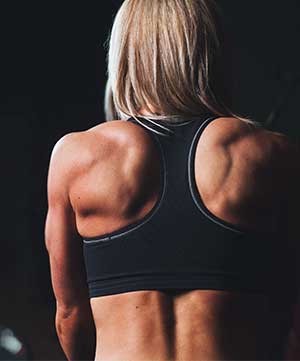
To optimally develop muscular power, we want to train it from two angles:
- The first is by using bodyweight exercises such as jumps and bounds (Davies, 2015).
- The second is by using low load compound movements such as squat jumps and power cleans (McBride, 2002).
By using some completely unloaded exercise, and some with a small amount of load, we get the opportunity to train two key aspects of the force-velocity curve – which simply means that we train all the important aspects of power development.
To optimize muscular power, performing two power sessions per week is ideal.
This power session can come immediately before either your strength session or your interval sessions, it doesn’t really matter which – as long as you perform it while you are fresh (so never at the end of a session).
The following example provides a very simple demonstration of how you can structure your power session in the most efficient manner possible.

How Do You Maintain Athleticism?
Now, while developing athleticism is no easy eendeavor– hell, simply looking at the above section it becomes pretty apparent that its going to take a whole lot of work – maintaining athleticism is actually much easier.
In fact, while we want to use the same training methods outlined above (we could also use the exact same programs if we really wanted to), to maintain those developed qualities, we don’t have to perform them as frequently.
This means that to maintain athleticism, you can get away with performing one shorter HIIT session per week, one heavy strength training session per week, and one power sessions per week. In doing so you can be sure that you will hang on to everything you have developed during the more intense training period previously discussed.
This is great news because it means that you can train for other endeavors (athletic or otherwise) and keep yourself strong, resilient, and athletic in the process, using what most would consider only a small amount of training.
Simple!
Take Home Message
Being athletic isn’t simply a result of your genetic makeup.
While your genes can certainly play a small role, a large portion of it is dictated by the training that you employ, and how hard you are willing to work to achieve high levels of physical competence.
In saying that, building athleticism is hard – but it can be done efficiently by focusing on your three most important aspects of physical fitness, being aerobic capacity, strength, and power. By training these qualities, you tick the most important boxes, thus maximizing your athleticism in the process.
So, what are you waiting for? Dive in and become as athletic as possible!
References
Ahmetov, Ildus I., et al. “Genes and athletic performance: an update.” Genetics and Sports. Vol. 61. Karger Publishers, 2016. 41-54.
Ostrander, Elaine A., Heather J. Huson, and Gary K. Ostrander. “Genetics of athletic performance.” Annual review of genomics and human genetics 10 (2009): 407-429.
Vancini, Rodrigo Luiz, et al. “Genetic aspects of athletic performance: the African runners phenomenon.” Open access journal of sports medicine 5 (2014): 123.
Tomlin, Dona L., and Howard A. Wenger. “The relationship between aerobic fitness and recovery from high intensity intermittent exercise.” Sports Medicine 31.1 (2001): 1-11.
Suchomel, Timothy J., Sophia Nimphius, and Michael H. Stone. “The importance of muscular strength in athletic performance.” Sports Medicine 46.10 (2016): 1419-1449.
Harries, Simon K., David R. Lubans, and Robin Callister. “Resistance training to improve power and sports performance in adolescent athletes: a systematic review and meta-analysis.” Journal of Science and Medicine in Sport 15.6 (2012): 532-540.
Laursen, Paul B., and David G. Jenkins. “The scientific basis for high-intensity interval training.” Sports medicine 32.1 (2002): 53-73.
Peterson, Mark D., Matthew R. Rhea, and Brent A. Alvar. “Maximizing strength development in athletes: a meta-analysis to determine the dose-response relationship.” The Journal of Strength & Conditioning Research 18.2 (2004): 377-382.
Davies, George, Bryan L. Riemann, and Robert Manske. “Current concepts of plyometric exercise.” International journal of sports physical therapy 10.6 (2015): 760.
McBride, Jeffrey M., et al. “The effect of heavy-vs. light-load jump squats on the development of strength, power, and speed.” The Journal of Strength & Conditioning Research 16.1 (2002): 75-82.
You Might Like:




